The Copiapó was the first locomotive ever imported into South America. It was built by the Norris Brothers in Philadelphia in 1850 and came to Chile the following year.
The locomotive was in use for about seven years to transport goods and passengers. Every day, it traveled between Copiapó and Caldera.
The train had two passenger cars, one for first class and one for second class. Oddly, the two cars were pretty much the same, except for the decorations that adorned the walls. The Copiapó was also comprised of a luggage car and some cargo cars.
The Copiapó was originally a wood burning locomotive, a curious choice given Chile’s general lack of trees. Switching its fuel from wood to coal, coupled with the salinity of the area’s water, ultimately led to its demise.
The locomotive still traveled quite a bit after it was retired from service. The Copiapó was moved to the National Museum of Chile in Santiago. In 1901, it went to the United States to be displayed at the Buffalo Pan American Exposition, and in 1929, it was used one last time to transport delegates of the South American Railway Congress. The locomotive finally returned to Copiapó in 1945, where it was placed on the grounds of the University of Atacama, where it still stands today.
Know Before You Go
The locomotive is freely accessible, but ask the guard to see it before wandering onto the terrain. They rarely speak English, so practice your Spanish or show a translated message.

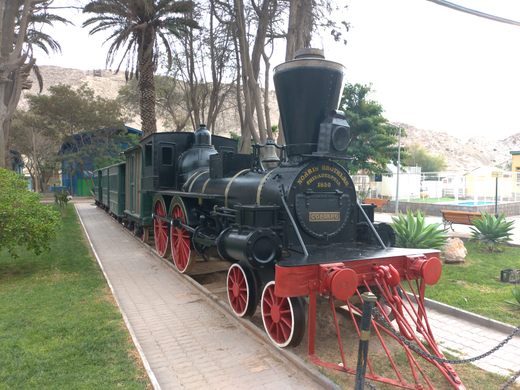
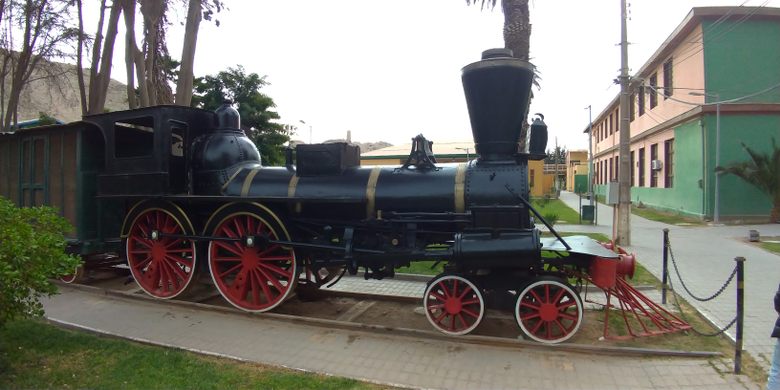
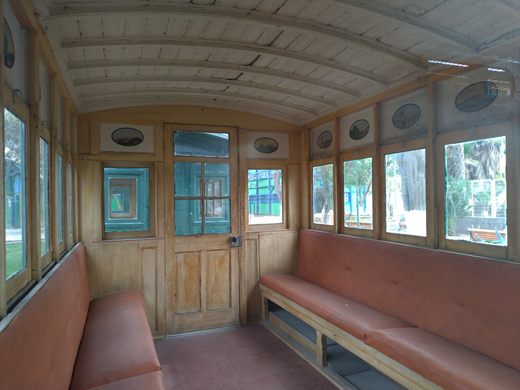
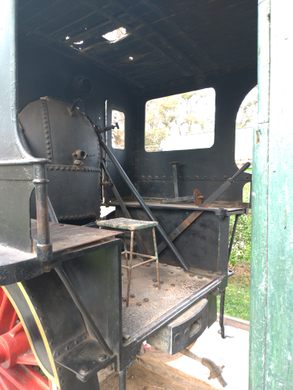
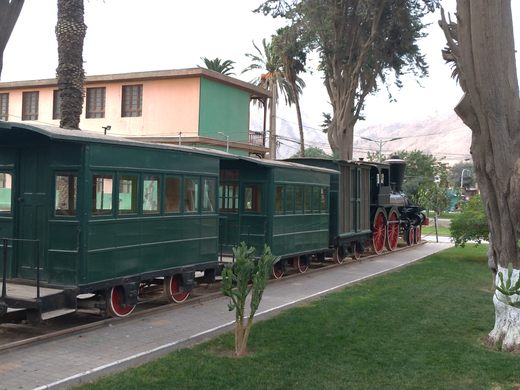











Follow us on Twitter to get the latest on the world's hidden wonders.
Like us on Facebook to get the latest on the world's hidden wonders.
Follow us on Twitter Like us on Facebook